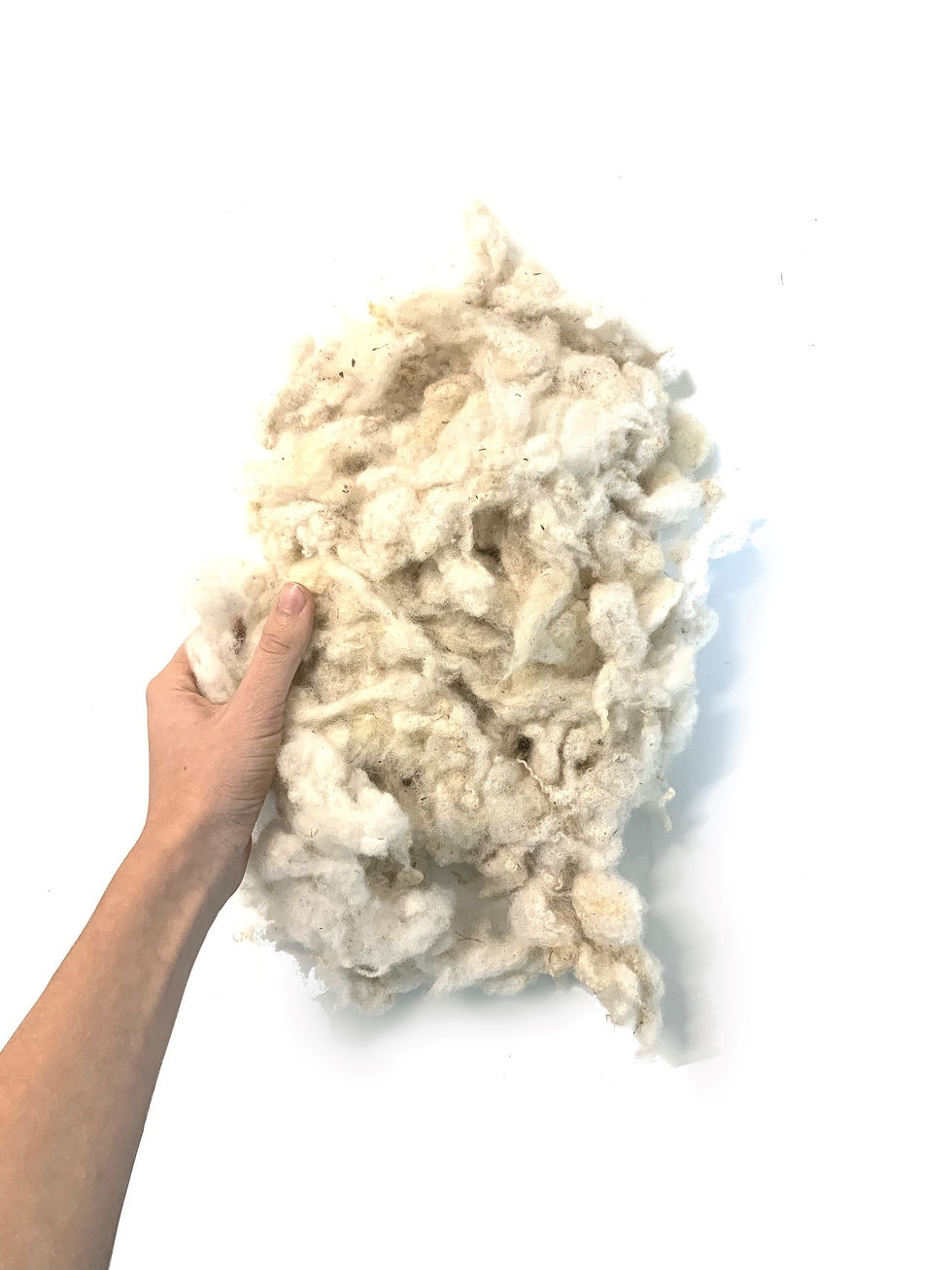Twisted lines
- Threads Traces
- Oct 27, 2021
- 2 min read
Updated: Nov 18, 2021
An exploration of how different factors affect twisting raw wool fibers into threads with many different properties.
An exploration of how different factors affect twisting raw wool fibers into threads with many different properties.

01 - Diagram of creating different threads and results
Coming to the conclusion that there are many different factors that go into spinning which also have an important role in the quality of the produced thread led me to do more experiments. I was trying to find out exactly what step in the process influenced the final product. However, while doing these experiments I forgot to counter in the affect of our hands. I was using carded and non-carded wool, different spindles, four types of wool but in every step I was also using my hands. I tried to manipulate the wool with the same instruments, only using my hands to come up with different types of thread and it worked.

02 - The process of spinning the thread
While working on the wool I got interested in just how thick and strong of a yarn I could produce. I wanted to see just what kind of strength, length and elasticity I could produce while making threads that are not meant for textile production. When going into extreme thicknesses I encountered problems with the untwisting of the yarn. That is why my next step was making two-ply yarn, three-ply yarn and other combinations that would produce even stronger yarn that could also stay twisted while not in tension.

03 - A thread with different thicknesses and properties
With all of these experiments and even using a drill in the end to optimize the process I created a collection of samples that contain information about how different processes and tools can affect the quality of the produced thread.

04 - Two-ply, three-ply, four-ply, seven-ply, double-twisted three-ply and double twisted five-ply yarn
Author: Saša Smolej




Comments